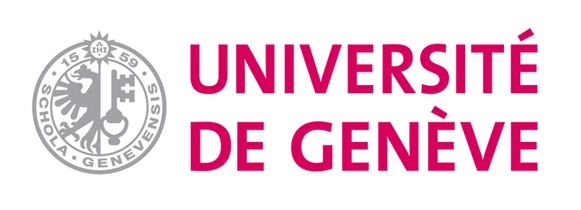Representative data on how women induce abortions and their consequences are central to measurements of abortion safety. However, due to the stigmatized nature of abortion, measuring the details of the procedures is challenging when the latter occur out of the realm of the law and do not result in complications registered in hospital statistics. Hence, there is sparse empirical population-level data on how women terminate their pregnancies in countries where access to abortion services is highly restricted, as well as little data on the side effects and complications associated with the methods they chose and health seeking for these complications. Recent developments in indirect survey methodologies to study stigmatized/illegal behaviour and hidden populations are likely to improve the quality of data collected on abortion safety in restrictive contexts: all are based on the sharing of information on stigmatized practices in social networks. We propose to refine and pilot two such network-based methods to validate their use for collecting (quasi) representative data on abortion safety in large population health surveys. These two approaches are: (i) a modified Anonymous Third Party Reporting method (ATPR) integrating elements of the Network-Scale Up Method and (ii) Respondent Driven Sampling (RDS). We will conduct this pilot study in two African Health and Demographic Surveillance Systems (HDSS) sites, one urban (Nairobi, Kenya), and one comprising a town and adjacent villages (Kaya, Burkina Faso).







